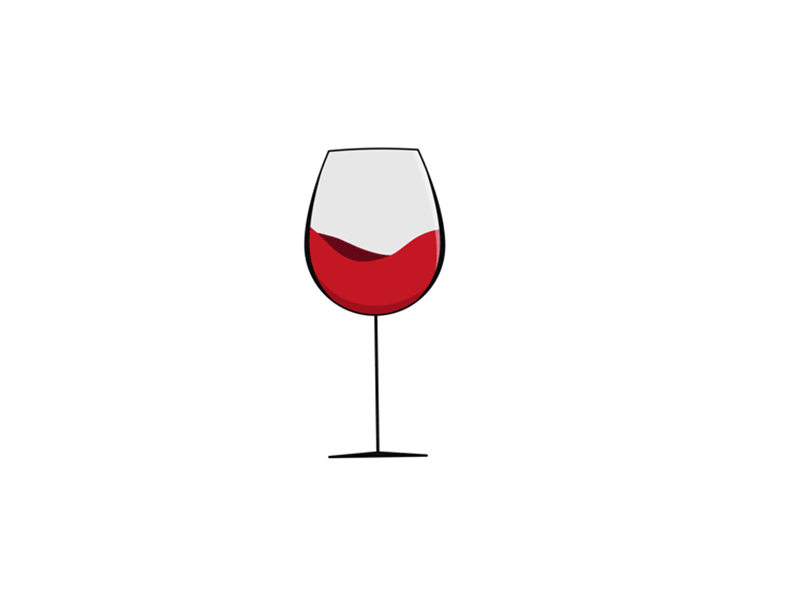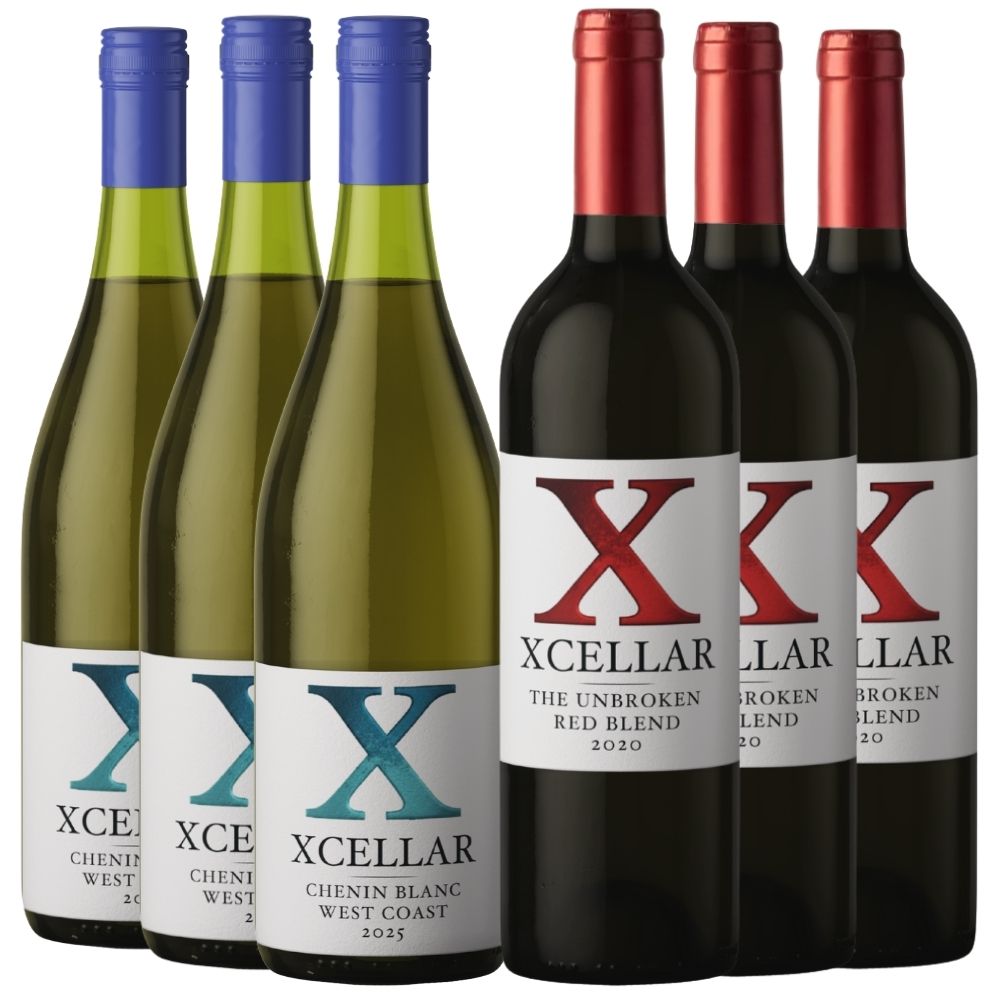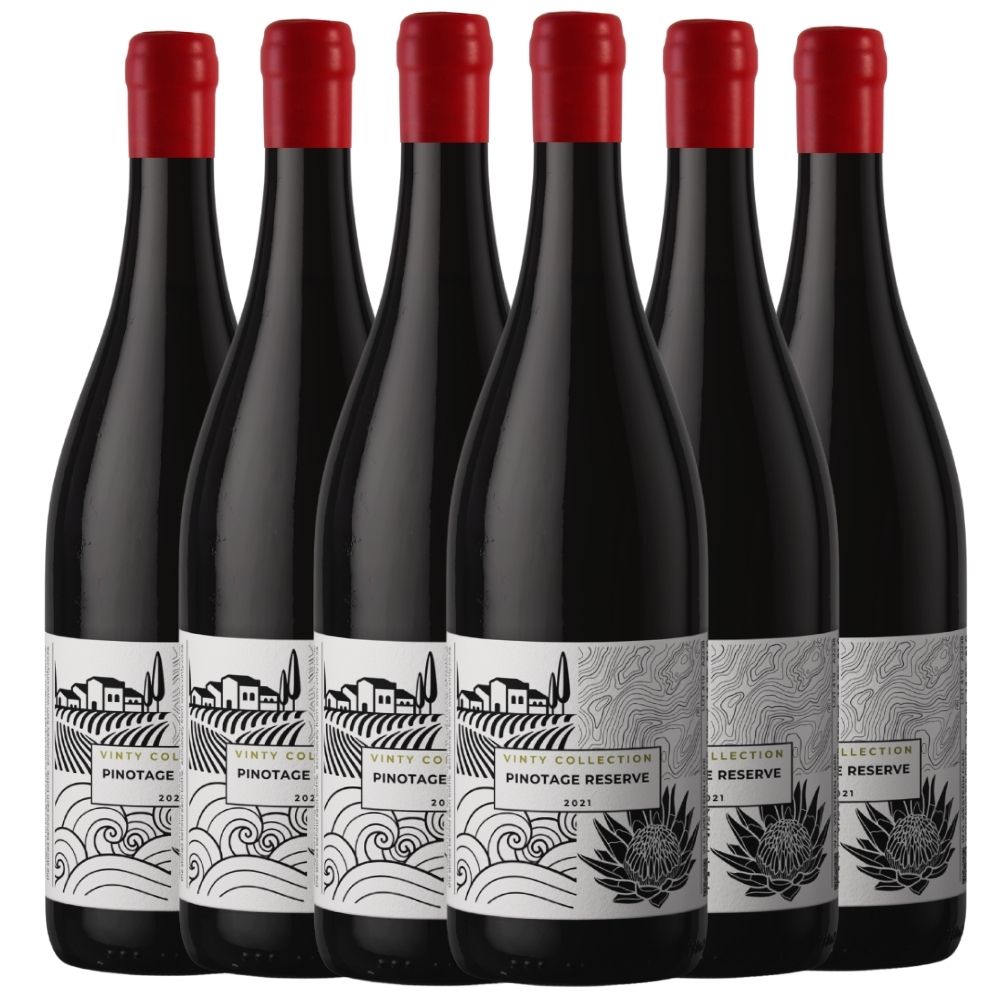Key Takeaways
| Point | Details |
|---|---|
| Unique Heritage | Pinotage is an innovative cross between Pinot Noir and Cinsaut, showcasing South African creativity in viticulture. |
| Cultural Significance | Beyond being a varietal, Pinotage serves as an emblem of South African winemaking and identity, representing resilience and adaptability. |
| Versatile Styles | Pinotage exhibits a broad range of styles from robust reds to sparkling wines, highlighting its versatility and appeal. |
| Modern Winemaking | Advances in winemaking techniques have transformed Pinotage, enhancing its quality and changing its perception from historical stereotypes. |
Table of Contents
- Defining Pinotage and Its South African Roots
- Historical Timeline and Key Milestones
- Genetic Heritage and Parent Grape Varieties
- Distinctive Traits and Winemaking Styles
- Pinotage’s Role in South African Wine Culture
Defining Pinotage and Its South African Roots
The Pinotage is more than just a wine grape – it’s a testament to South African agricultural creativity and winemaking innovation. According to research from Pinotage.co.za, this unique varietal will celebrate its centenary in 2025, representing a distinctly South African soul that has evolved dramatically over decades.
Created in 1925 through a clever crossbreeding of Pinot Noir and Cinsaut (locally called Hermitage), Pinotage emerged as a grape uniquely adapted to South African terroir. As Wikipedia notes, it now comprises about 6–7% of the country’s vineyard area and is a required component in Cape blends, showcasing remarkable versatility across wine styles – from elegant rosés to robust reds and even sparkling wines.
Modern Pinotage has transformed from its experimental origins into a dynamic expression of South African winemaking. Contemporary producers across regions like Swartland, Stellenbosch, and Walker Bay are pushing boundaries, crafting wines that range from bold bush-vine reds to refined, terroir-driven selections. The grape’s journey reflects South Africa’s own wine evolution – resilient, innovative, and constantly surprising.
- Origin: Cross between Pinot Noir and Cinsaut
- Vineyard Coverage: 6–7% of South African vineyards
- Wine Styles: Rosé, red, fortified, sparkling
- Key Regions: Swartland, Stellenbosch, Walker Bay
Historical Timeline and Key Milestones
Pinotage emerged not by chance, but through deliberate agricultural innovation. According to research from Pinotage.co.za, the grape’s extraordinary journey began on 17 November 1924 when Abraham Izak Perold, a visionary agricultural scientist at Stellenbosch University, first crossed Pinot Noir and Cinsaut – a moment that would reshape South African viticulture.
The early years were marked by near obscurity and potential loss. The original vines were planted in 1925 and nearly forgotten until Dr Charlie Niehaus rescued them. By 1935, they were grafted, and in 1941, the first Pinotage wine was produced at Elsenburg. Wikipedia documents that commercial plantings began in earnest during the 1940s and 1950s, with critical recognition arriving in 1959 when a Bellevue Pinotage won the prestigious General Smuts Trophy.
A significant milestone came in 1961 when Pinotage first appeared on a wine label, simultaneously winning awards at Kanonkop Estate. The variety continued gaining prestige through subsequent decades, with landmark moments like the 2008 Top 10 Competition and the Grand Pinotage Classification in 2020 solidifying its reputation as a uniquely South African wine.
Key Chronological Milestones
- 1924: Initial grape crossing by Perold
- 1925: Original vines planted
- 1941: First Pinotage wine produced
- 1959: First major award (General Smuts Trophy)
- 1961: First label appearance and Kanonkop recognition
- 2008: Top 10 Competition milestone
- 2020: Grand Pinotage Classification
Genetic Heritage and Parent Grape Varieties
The Pinotage grape tells a fascinating story of genetic ingenuity, born from the intentional crossbreeding of two remarkable wine grape varieties. As Wikipedia explains, this unique varietal is an intraspecific cross between Pinot Noir and Cinsaut – two grape varieties that bring distinctly different characteristics to the wine’s genetic profile.
Pinot Noir, renowned for its delicate and complex nature, contributes elegance and finesse to the Pinotage lineage. Cinsaut, known locally in South Africa as Hermitage, brings robust resilience and fuller body to the genetic mix. The resulting grape’s name itself is a clever portmanteau, blending elements from both parent varieties – a linguistic reflection of its innovative agricultural origins.
This genetic combination created something truly unique in the wine world: a grape variety that could thrive in South African conditions while offering a distinctive flavour profile. The marriage of these two grape varieties resulted in a wine that could withstand warmer climates better than Pinot Noir, while maintaining a complexity that sets it apart from other robust red wines.
Here’s a summary of Pinotage’s parent grape varieties:
| Parent Variety | Origin Region | Key Traits |
|---|---|---|
| Pinot Noir | Burgundy, France | Elegance Complexity |
| Cinsaut (Hermitage) | Southern France | Resilience Full body |
- Parent Grape 1: Pinot Noir (Elegance, Complexity)
- Parent Grape 2: Cinsaut/Hermitage (Resilience, Body)
- Genetic Type: Intraspecific cross within Vitis vinifera
- Unique Characteristic: Adaptability to South African terroir
Distinctive Traits and Winemaking Styles
Pinotage stands out as a wine with profound complexity and character, offering a sensory journey that challenges and delights wine enthusiasts. According to Wikipedia, the grape produces deep red wines with an intriguing flavour profile that ranges from smoky and bramble-like to surprisingly tropical, often featuring unexpected notes of banana and earthy undertones.
The winemaking process for Pinotage is an art of careful manipulation and understanding. Research from Pinotage.co.za highlights how modern winemakers have transformed the grape’s reputation. Where older iterations were sometimes criticised for volatile acidity and unusual aromas, contemporary techniques like long, cool fermentation, controlled skin contact, and strategic oak ageing have elevated the wine’s sophistication.
Today’s Pinotage represents a spectrum of styles – from juicy, fruit-forward wines perfect for immediate enjoyment to structured, age-worthy selections that reward patient cellaring. Winemakers now leverage improved viticultural practices to create terroir-driven expressions that showcase the grape’s true potential, moving beyond historical stereotypes of ‘burnt rubber’ characteristics.
- Flavour Profile: Smoky, bramble, earthy, occasional tropical notes
- Winemaking Techniques: Cool fermentation, controlled skin contact
- Style Range: Fruit-forward to complex, age-worthy wines
- Key Characteristics: High tannins, diverse aromatic complexity
Pinotage’s Role in South African Wine Culture
Pinotage is far more than just a grape variety – it’s a living symbol of South African winemaking innovation and national identity. According to Wikipedia, though the grape represents only 6–7% of South African vineyards, its cultural significance far outweighs its numerical representation, serving as an essential component in Cape blends and showcasing remarkable versatility across multiple wine styles.
Research from Pinotage.co.za portrays Pinotage as a testament to South African resilience and creativity. The grape embodies a narrative of persistence – born from agricultural experimentation, surviving early scepticism, and emerging as a globally recognised wine that tells a distinctly local story. Its evolution mirrors South Africa’s own journey: complex, nuanced, and constantly reinventing itself.
Today, Pinotage serves as a cultural ambassador, representing South African ingenuity to the world. From rosé to fortified and sparkling wines, it demonstrates an extraordinary range that captures the innovative spirit of South African winemakers. The grape has transformed from a local curiosity to a point of national pride, celebrated not just for its taste, but for the story it represents – of creativity, adaptation, and unapologetic local character.
- Cultural Symbol: Embodiment of South African winemaking spirit
- Global Representation: Wine ambassador for South African innovation
- Versatility: Produced in multiple styles (rosé, fortified, sparkling)
- Vineyard Presence: 6–7% of South African vineyards
Discover Pinotage’s Spirit in Every Sip at Vinty
Exploring the origins of Pinotage reveals just how deeply a grape can be woven into a nation’s identity. The article highlights the passion behind South Africa’s signature varietal and the real challenge for wine lovers: finding authentic, characterful Pinotage that lives up to that legacy. Too often, mainstream bottle store shelves are stocked with generic offerings, missing the soulful stories, regional differences, and small-batch artistry that make Pinotage truly shine.
At Vinty, we believe the journey to great wine should feel as personal as the story of Pinotage itself. That’s why we curate exclusive, small-batch wines that go beyond the label and bring you closer to the spirit of South African winemaking. No matter where you are on your Pinotage journey, our unique collections are here to help you experience character-rich bottles – crafted for discovery, connection, and those moments worth sharing. Ready to taste South Africa’s wine story as it was meant to be enjoyed? Visit Vinty now and start your own Pinotage adventure.
Frequently Asked Questions
What is Pinotage and how was it created?
Pinotage is a grape variety that originated from the crossbreeding of Pinot Noir and Cinsaut, created in 1925 by South African agricultural scientist Abraham Izak Perold.
What are the main characteristics of Pinotage wines?
Pinotage wines are known for their deep red colour and complex flavour profile that can include smoky, bramble, earthy, and even tropical notes, like banana. The wines tend to have high tannins and diverse aromatic complexity.
How has the winemaking process for Pinotage evolved?
Modern winemaking techniques for Pinotage now include long, cool fermentation, controlled skin contact, and strategic oak ageing to enhance the wine’s sophistication and improve its flavour, moving beyond historical stereotypes.
What role does Pinotage play in South African wine culture?
Pinotage serves as a cultural symbol of South African winemaking innovation and resilience. Despite comprising only 6–7% of the vineyards, it plays a significant role in Cape blends and showcases the country’s winemaking versatility.







